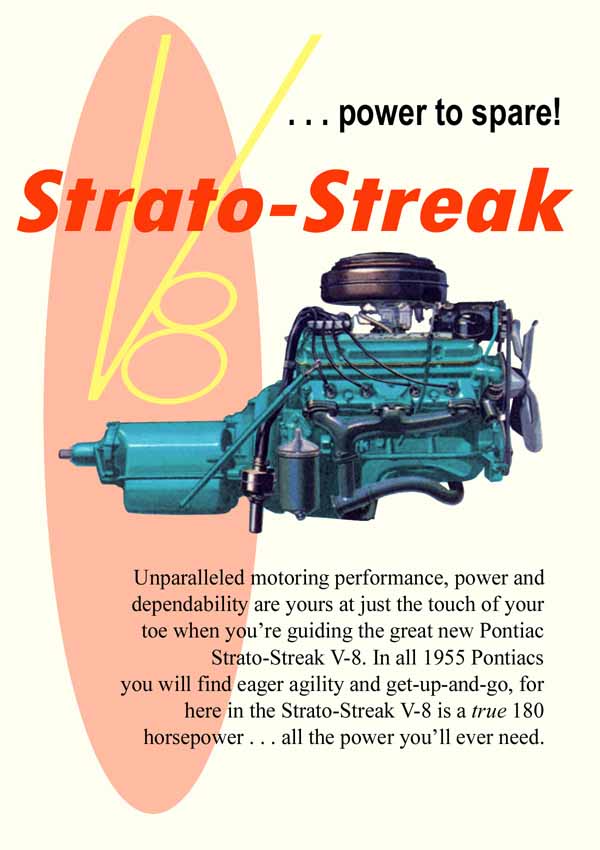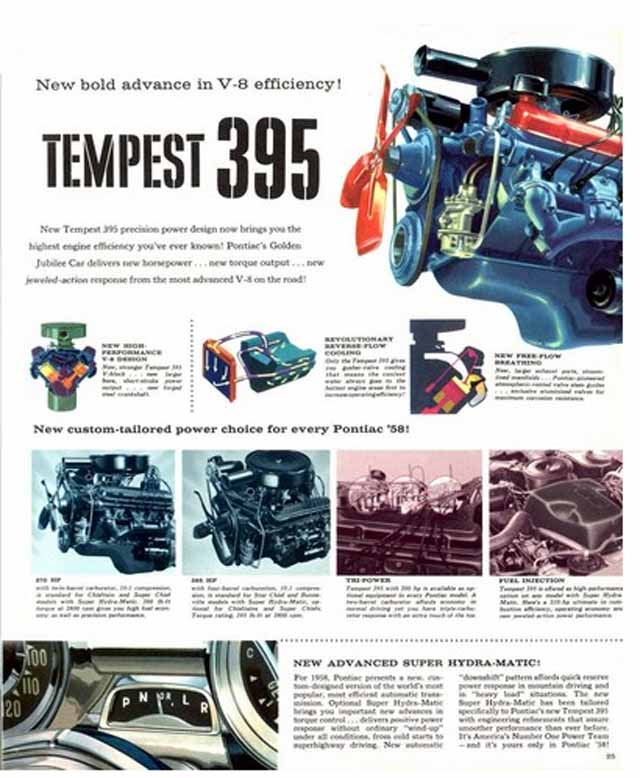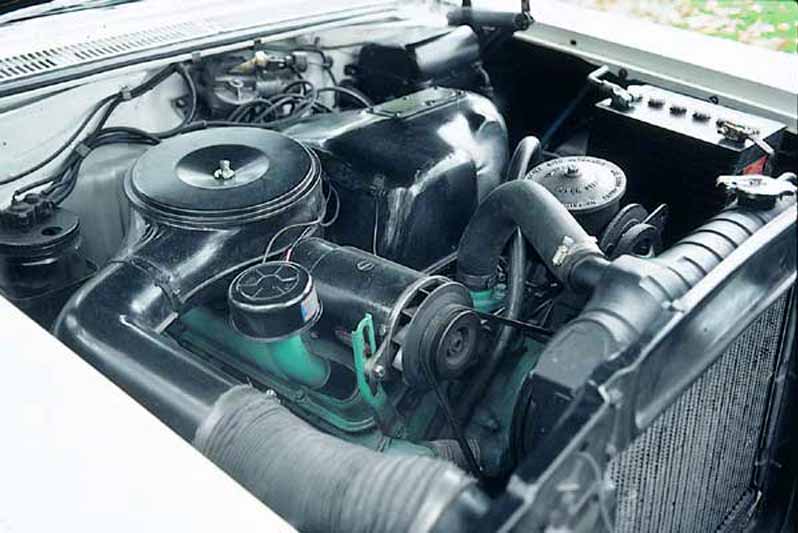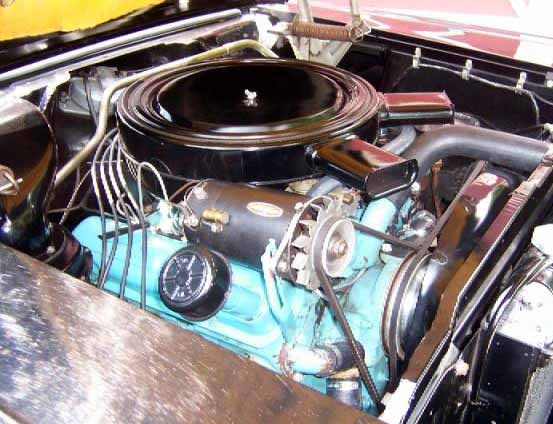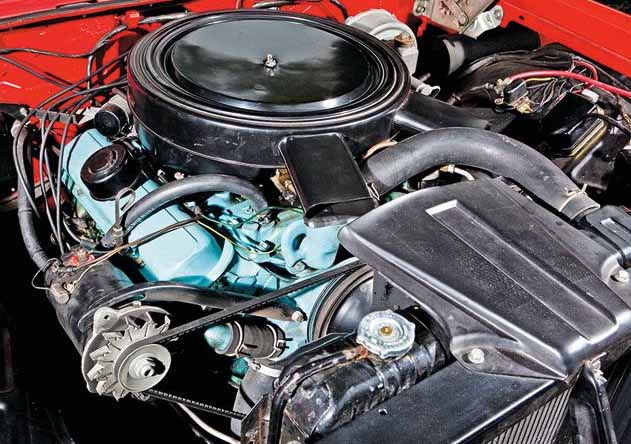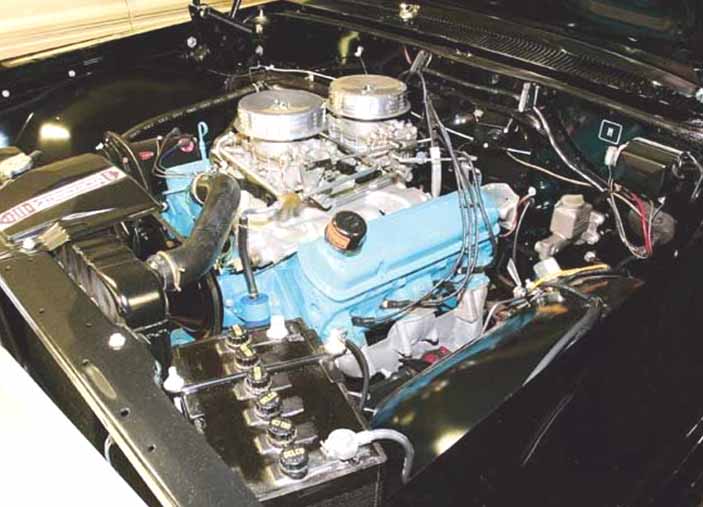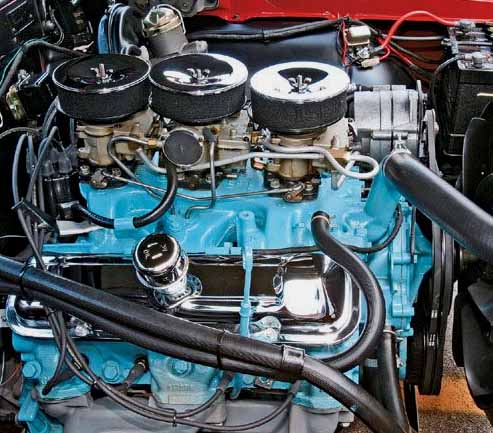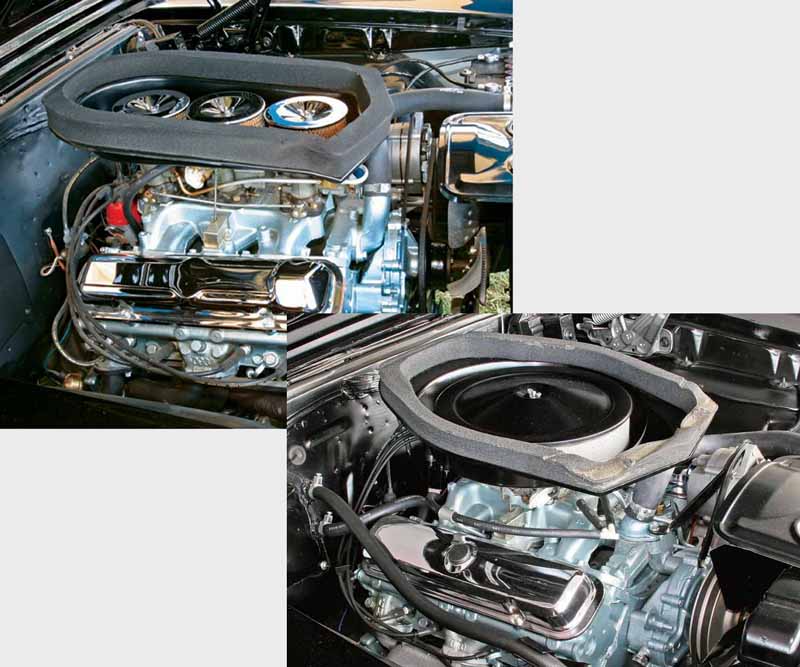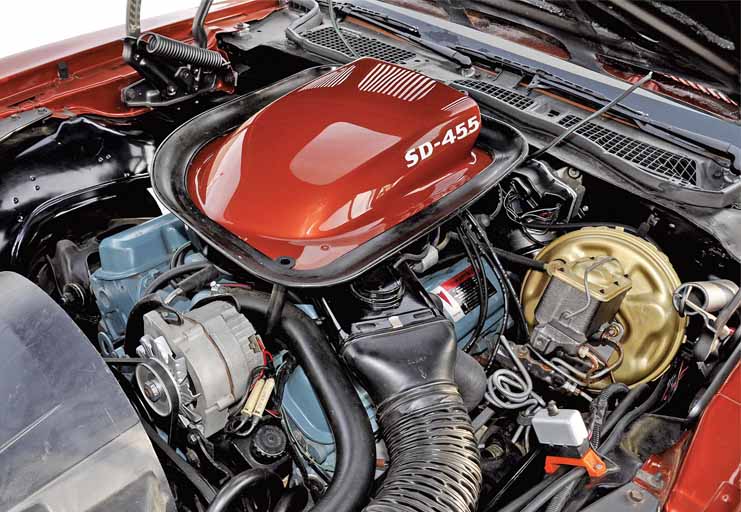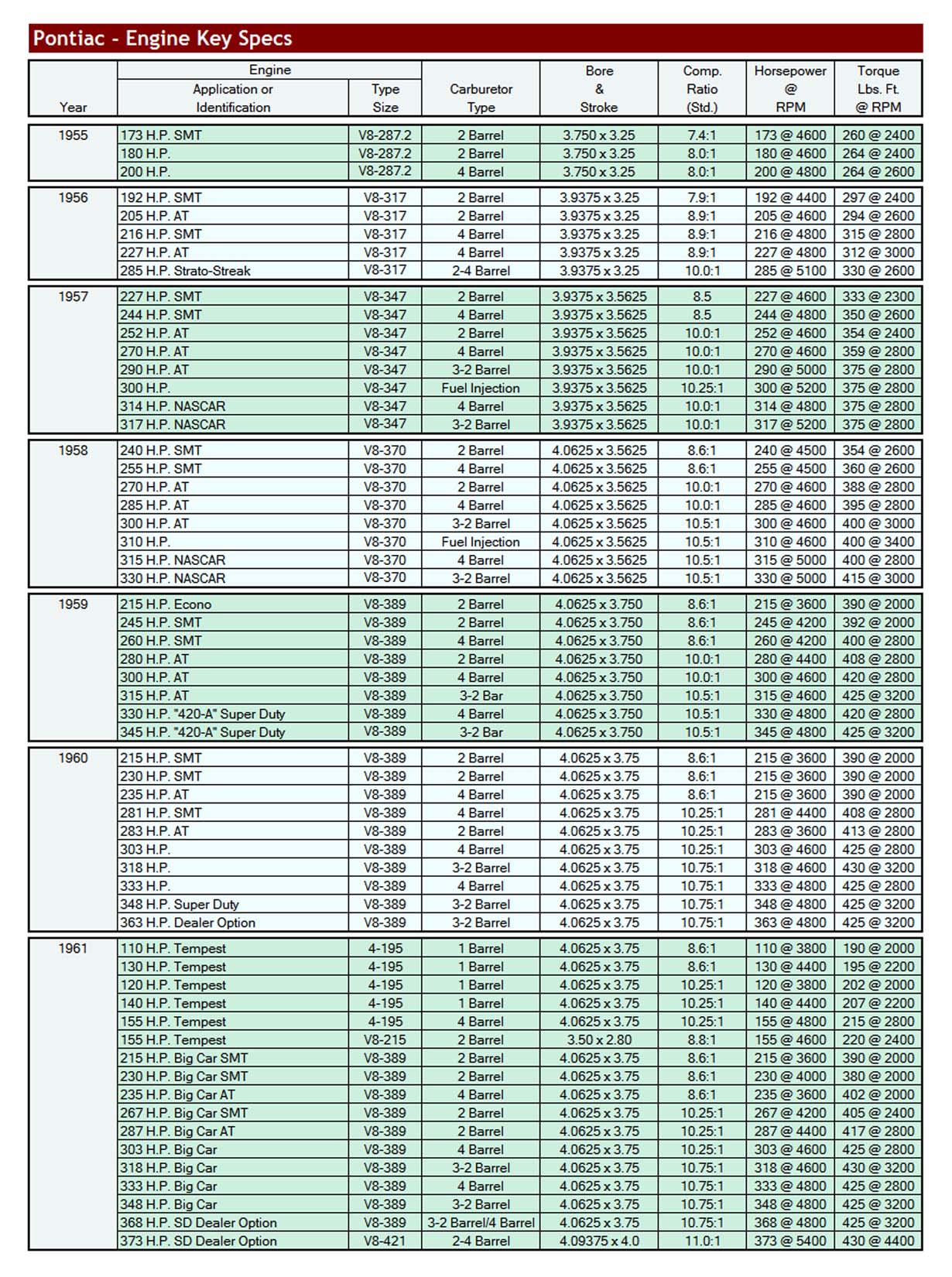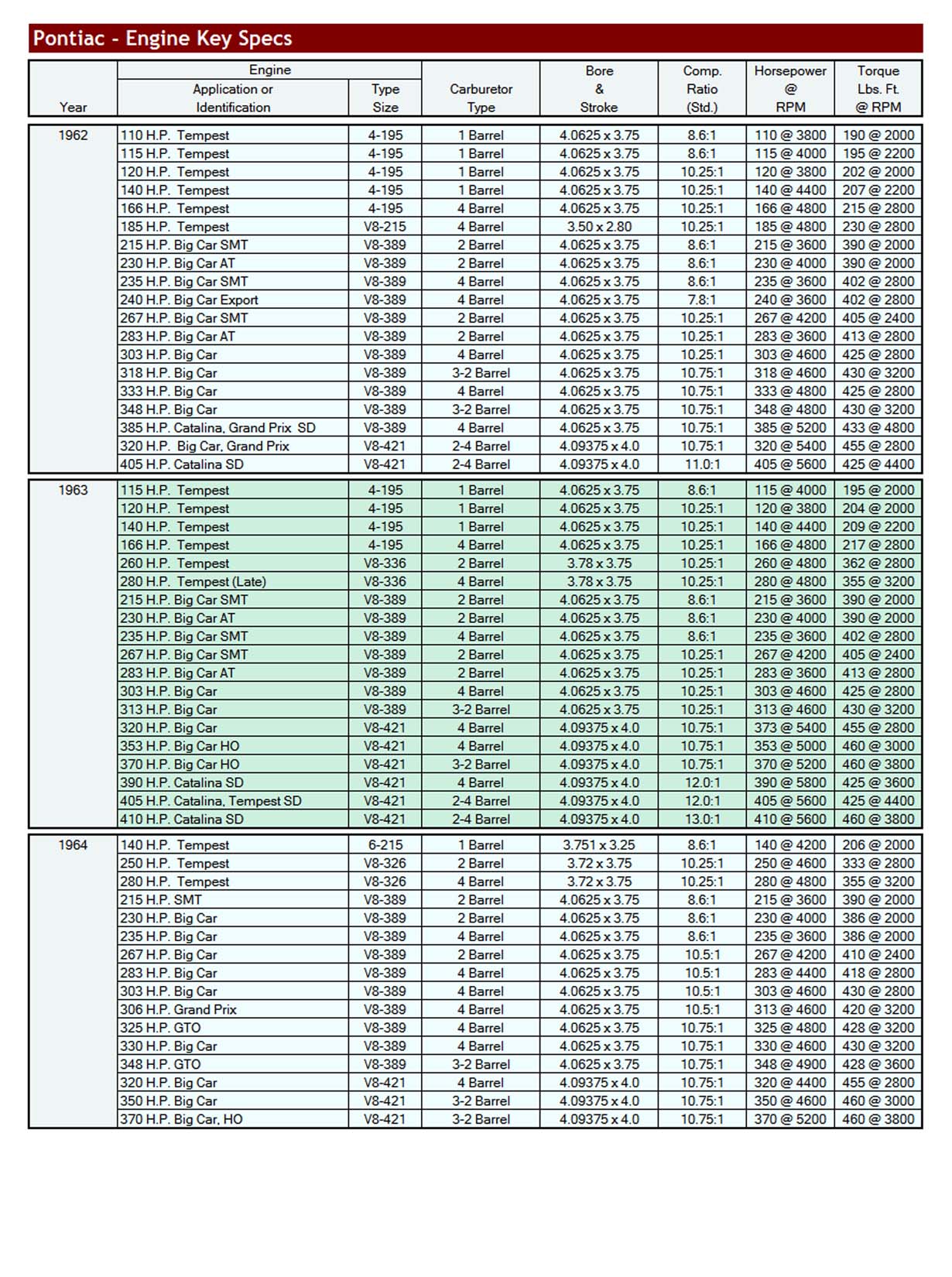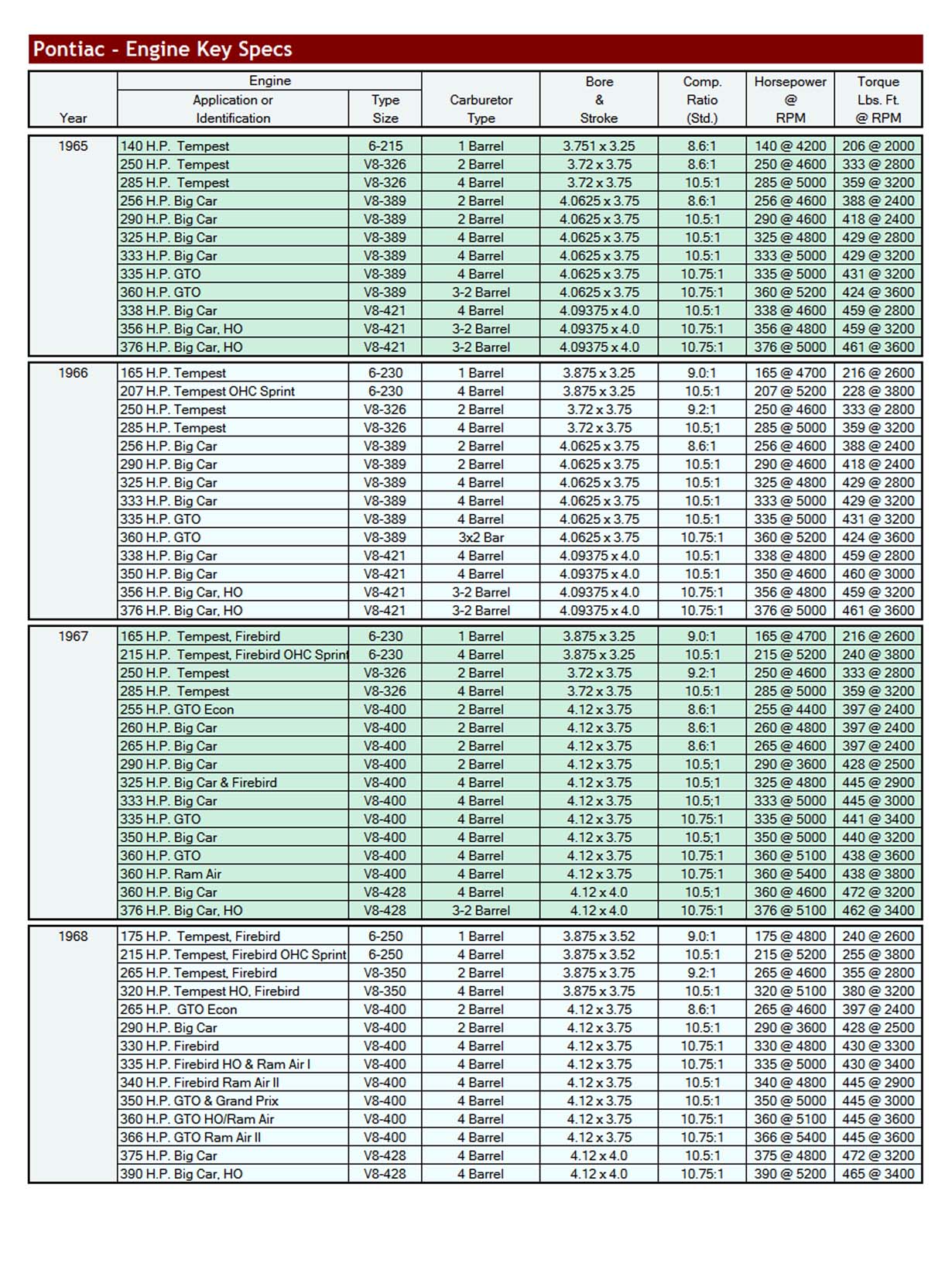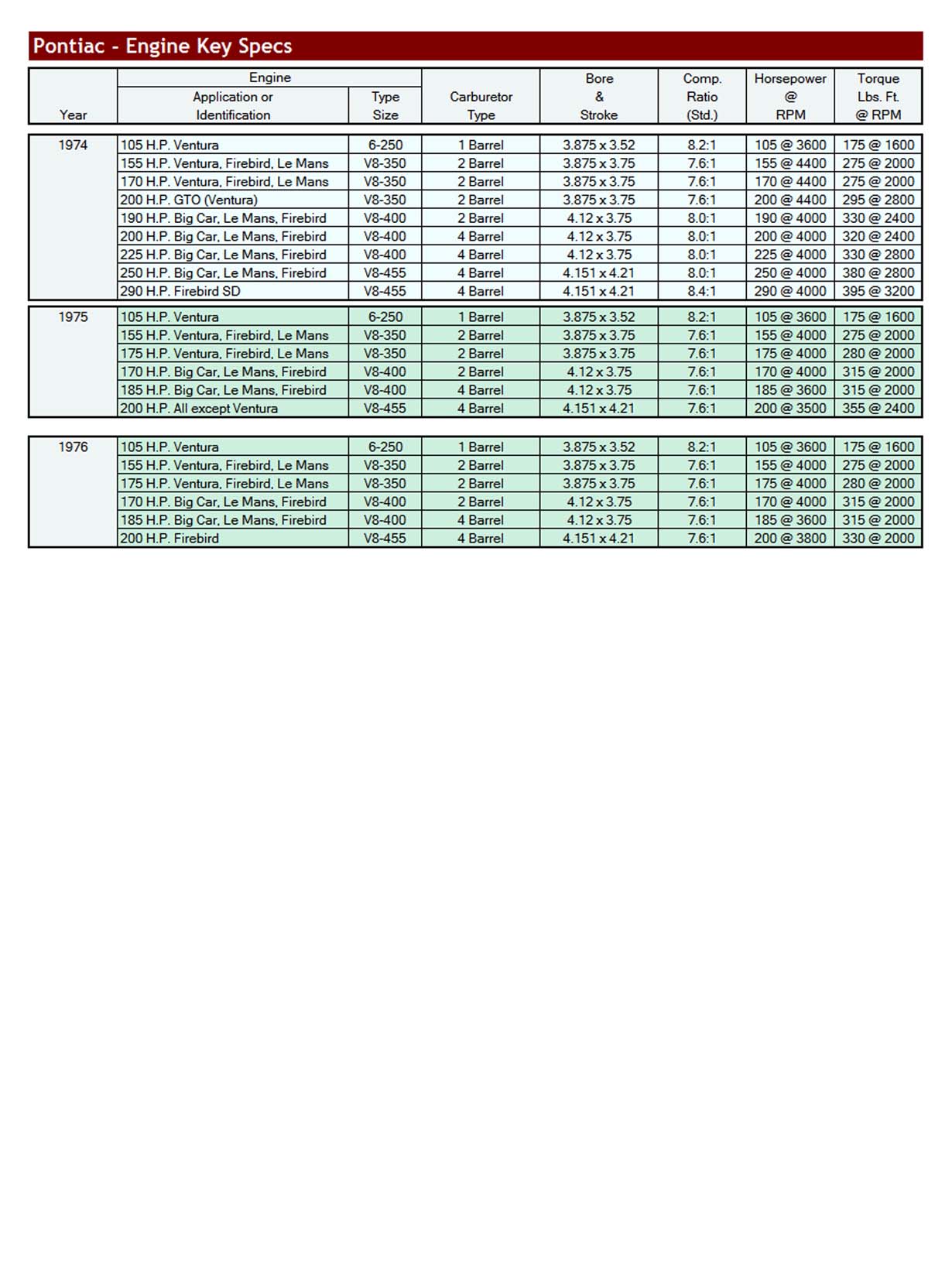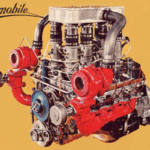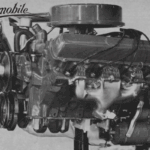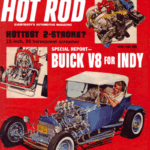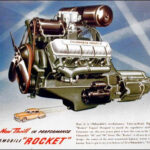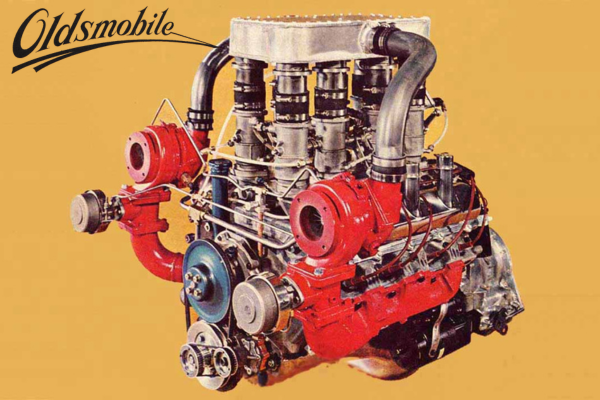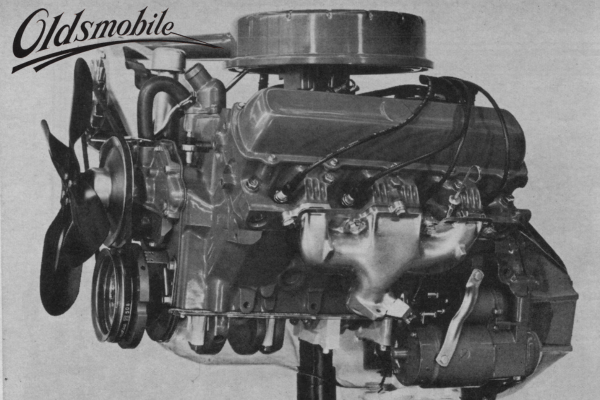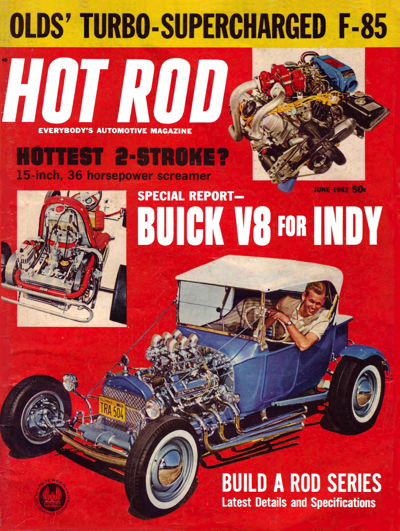Pontiac V8 History 1955 – 1981
Background
Pontiac had been toying with a production V8, starting in 1946. This design was a 269-cubic-inch L head similar to the old Lincoln and Cadillac engines. The concept that would become the 287 cu in OHV introduced in 1955 started as a competing approach to the L head in 1949. To compare the two, Pontiac engineers tested their 269 V8 against a downsized Oldsmobile “Rocket” V8 overhead engine. (The Olds engine was a 303 cu in, but Pontiac reduced the size to 270 cu in for testing against the 269 engine). The test results showed Pontiac that a L head engine couldn’t compete with the overhead valve engines on both power and torque. As good as the OHV approach proved to be, it was shelved because the corporate decision-makers felt that the Pontiac straight 8 L head was adequate.
When Robert Critchfield took over as Pontiac general manager in 1952, he launched an ambitious plan to move Pontiac away from Chevrolet and closer to mid-range market segment occupied by Oldsmobile, DeSoto and Mercury, all of whom had or would soon have OHV V8 power. He instructed his engineers to develop a power plant that could compete and be ready in 2-3 years. As such the development of the new engine was fast-tracked.
This OHV V8 was to be based upon the design studies from 1946-49 and targeted for a 1955 introduction. This date was considered possible since Pontiac could take advantage of the experience gained in the Oldsmobile and Cadillac OHV V8 engine programs, and studies of V8s offered by Lincoln and Chrysler, plus the work that Pontiac had done earlier. The resultant product was remarkably free of teething problems. Not long before the 1955 model year introduction, Pontiac management decided that the entire line would be V8-powered.
Design Features
There was nothing outstanding in the Pontiac V8’s overall design. The main innovation was the use of its stamped steel rocker-arm system, which had been devised by Pontiac engineer Clayton Leach all the way back in 1948. At the request of Chevrolet general manager Ed Cole, the layout was also adopted for the 1955 Chevrolet V8. This was an exception to the customary GM policy of allowing a division one year of exclusive use of an internally developed innovation.
The engine used popular wedge-type combustion chambers, cast iron cylinder heads, and a cast-iron block. The innovative design feature was mounting the stamped steel rocker arms on ball pivots set on studs set into the cylinder head, in lieu of using the then common separate rocker shafts. It was thought that this allowed the same valve action with less cylinder head weight and was more cost effective than the conventional rocker shaft approach.
All Pontiac V8s from 1955 to 1959 used a “reverse cooling system. This was changed for the 1960 model year because designers moved the generator and the power steering pump from atop the front of the engine down to the front of the heads to accommodate a lower hood line.
Most iterations of the Pontiac V8 had an overall length of 28.25 in, an overall width of 27 in, and a height (not including air cleaner) of 31 in. Dry weight ranged from 590 to 650 pounds, depending on displacement and year. Most Pontiac engines were painted light blue.
The V8 engine introduced for the 1955 model year was called the “Strato Streak”. The 1958 370 cu. in. engine and the 1959-60 389 version was named the “Tempest” V-8 which was changed in 1961 to the “Trophy” V8. In the early life of the engine and through the mid 1960s, Pontiac was one of a few US manufacturers which did not regularly identify its engine with names and sizes either on the air cleaner or with valve cover decals.
Two series of engines were produced; small crakshaft journal and large crankshaft journal engines. Some engines received 4-bolt main attachment and some received 2-bolt. Many different cylinder heads, camshafts and intake manifolds were fitted over the life of the engine. These different parts and pieces are detailed in the appropriate engine sections.
Production History – in Engine Size Order
- 265 V8: 135 HP – 1980 through 1981
- 287 V8: 180 HP – 1955 Only
- 301 V8: 135-170 HP – 1977 through 1981
- 303 V8: 475 HP – 1969 Trans Am Race Engine
- 317 V8: 192-285 HP – 1956 Only
- 336 V8: 260-280 HP – 1963 Only
- 326 V8: 250-285 HP – 1964 through 1967
- 347 V8: 227-317 HP – 1957 Only
- 350 V8: 265 -330 HP Leaded Gas – 1968 through 1970
- 350 V8: 150 -175 HP Unleaded Gas; SAE Net – 1971 through 1977
- 370 V8: 240-330 HP – 1958 Only
- 389 V8: 215-360 HP – 1959 through 1666
- 400 V8: 255-370 HP – Leaded Gas – 1967-1970
- 400 V8: 220-250 HP – Unleaded Gas; SAE Net – 1971 through 1979
- 421 V8: 350-376 HP – 1963 through 1966
- 428 V8: 360-390 HP – 1967-1969
- 455 V8: 360-370 HP – 1970 Only – Leaded Gas
- 455 V8: 200-290 HP – Unleaded Gas; SAE Net – 1971 through 1976
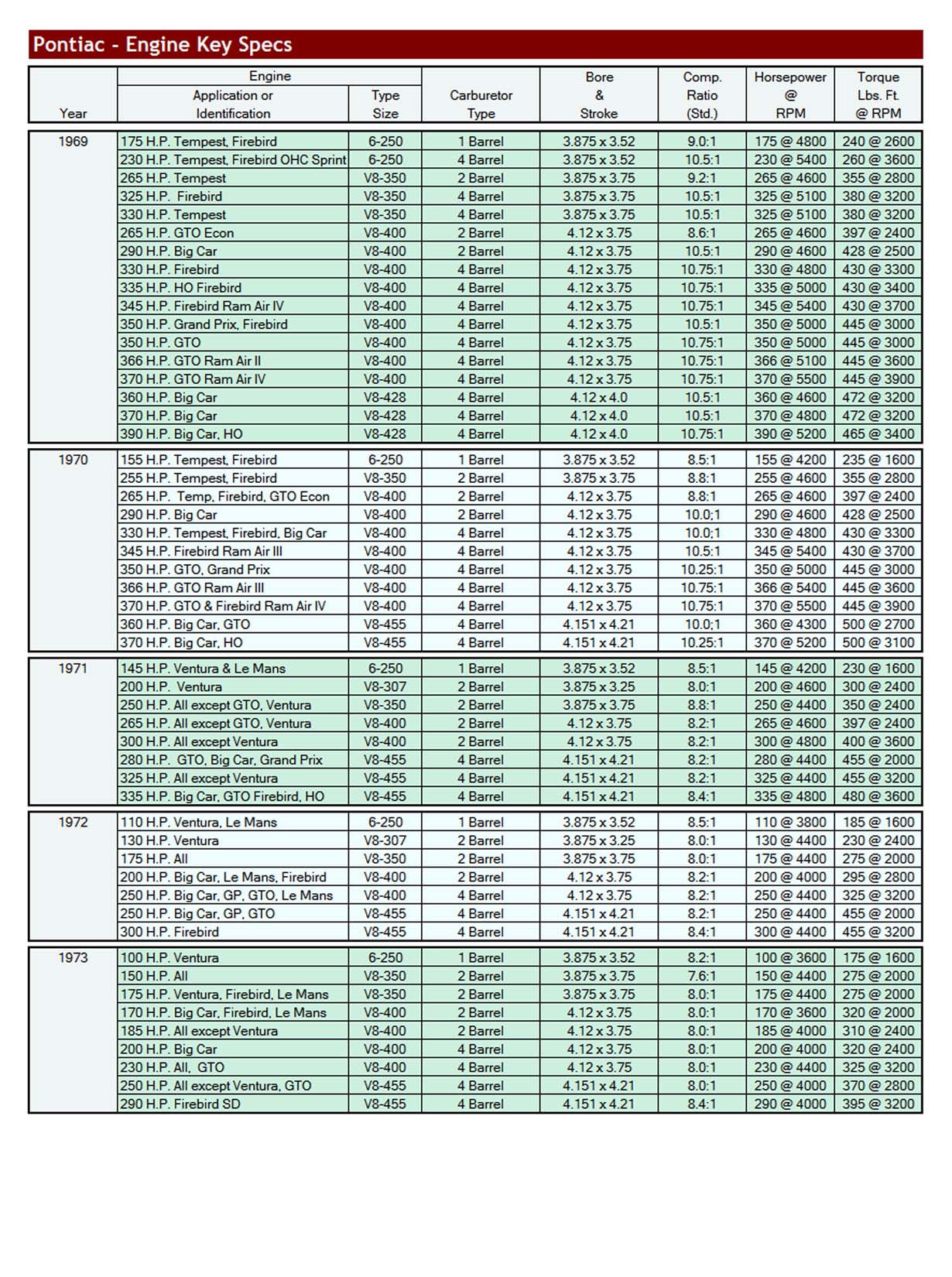
Pontiac V8 History Image 3
In 1957 and 1958 the 347 and 370 engines offered Tri-Power and Fuel Injection
Pontiac V8 History Image 4
1957 Fuel Injection Engine. Not as sexy looking as the Corvette unit (more like an appliance), which may have contributed to its lackluster sales.
Pontiac V8 History Image 5
Under that funny looking dual snorkle air cleaner is the famous Tri-Power setup for 1958. On the street, it developed 300 HP; NASCAR versions developed 330 HP.
Pontiac V8 History Image 6
The 1959 Tri-Power didn’t look that much different than the ’58, but going from 370 to 389 cubes raised the HP to 345 in the “420-A” Trophy version and to 363 HP in 1960.
Pontiac V8 History Image 7
“Super Duty” 421 Pontiacs came into being for the 1961 year and were offered in 2-4 barrel mode until 1963- making as much as 405 HP!
Pontiac V8 History Image 8
While the 421s were shoving the big Pontiacs down the drag strip at alarming speeds, the GTO emerged in 1964 sporting the old 1959-62 389 Tri-Power – more than enough to set the world on fire!
Pontiac V8 History Image 9
1966-1967 Ram Air GTOs were stout machines. The Single 4-barrel unit is a ’67, since GM had outlawed multiple carbs on GM A-Bodies.
Pontiac V8 History Image 11
By the early 1970s American V8s were mere shadows of their former glory, but Pontiac had one more shot to throw. The 1973-74 Super Duty 455 in the Firebird was rated at 290 HP SAE Net – probably RWHP!


